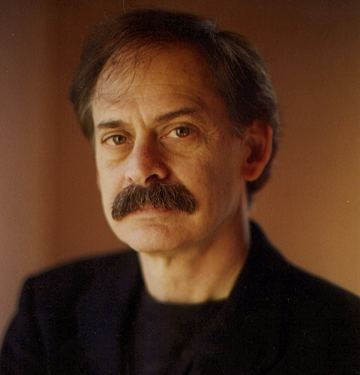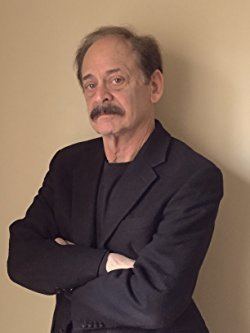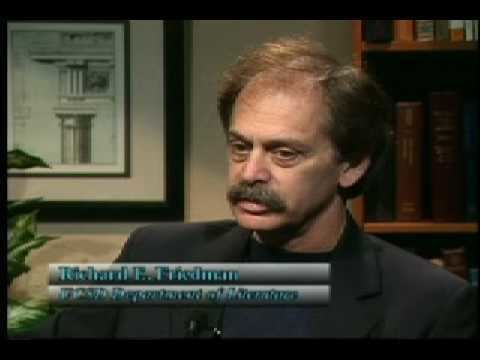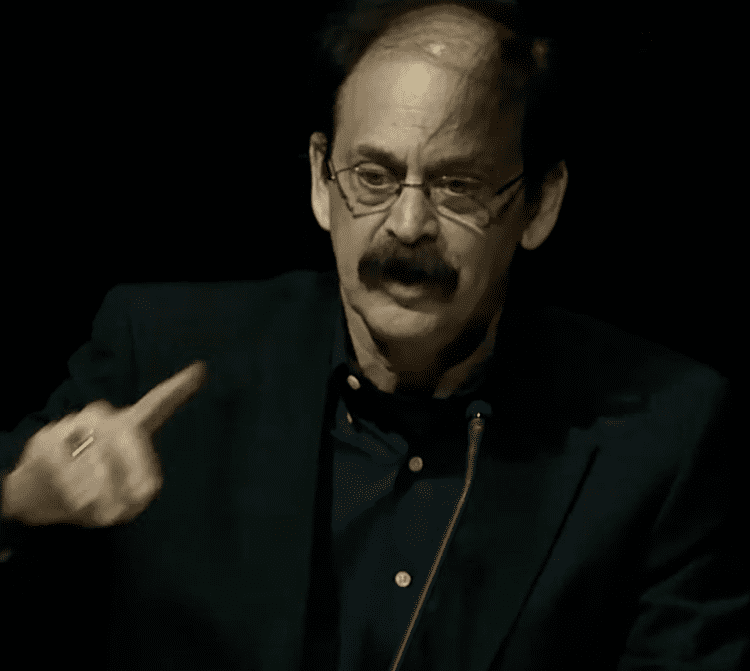Name Richard Friedman | ||
 | ||
Books Who wrote the Bible?, The Bible with Sources, Commentary on the Torah, The hidden book in the Bible, The Bible Now | ||
Biblical criticism book club who wrote the bible richard elliott friedman hangout 1
Richard Elliott Friedman (born May 5, 1946) is a biblical scholar and the Ann and Jay Davis Professor of Jewish Studies at the University of Georgia.
Contents
- Biblical criticism book club who wrote the bible richard elliott friedman hangout 1
- Dig this richard elliott friedman
- Origin of the P source
- Writings
- References

Friedman was born in Rochester, New York. He attended the University of Miami (BA, 1968), the Jewish Theological Seminary (MHL, 1971), and Harvard University (ThM in Hebrew Bible, 1974; ThD in Hebrew Bible and Near Eastern Languages and Civilizations, 1978). He was the Katzin Professor of Jewish Civilization: Hebrew Bible; Near Eastern Languages and Literature at the University of California, San Diego, from 1984 until 2006, whereupon he joined the faculty of the University of Georgia Religion Department.

He is a winner of numerous awards and honors, including American Council of Learned Societies Fellow. He was a Visiting Fellow at the University of Cambridge and the University of Oxford; and a Senior Fellow of the American Schools of Oriental Research in Jerusalem. He participated in the City of David Project archaeological excavations of biblical Jerusalem. He is probably most famous for his work Who Wrote the Bible?, a description of the documentary hypothesis.

Dig this richard elliott friedman
Origin of the P source
Friedman is of the view that the P Source of the Bible was composed during the time of Hezekiah. P for instance “emphasizes centralization of religion: one centre, one altar, one Tabernacle, one place of sacrifice. Who was the king who began such centralization? King Hezekiah."
According to Friedman, and others who follow the theories of Julius Wellhausen regarding the formation of Israel's religion, P is the work of the Aaronid priesthood. They are the priests in authority at the central altar – not Moses, not Korah, nor any other Levites. Only those descended from Aaron can be priests. Friedman then goes on to say “P always speaks of two distinct groups, the priests and the Levites. Who was the king who formalized the divisions between priests and Levites? King Hezekiah." Chronicles reports explicitly:
“Hezekiah assigned (Hebrew יעמד) the priests and Levites to divisions — each of them according to their duties as priests or Levites. (2 Chronicles 31:2)”Friedman writes that the “Aaronid priesthood that produced P had opponents, Levites who saw Moses and not Aaron as their model. What was the most blatant reminder of Moses' power that was visible in Judah? The bronze serpent 'Nehushtan'. According to tradition, stated explicitly in E, Moses had made it. It had the power to save people from snakebite. Who was the king who smashed the Nehushtan? Hezekiah.”
